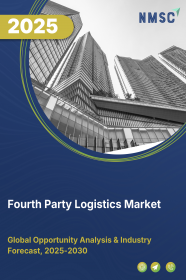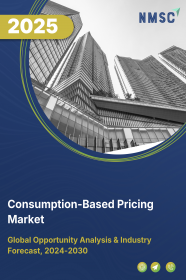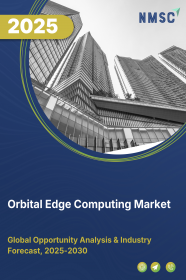
Orbital Edge Computing Market by Component (Hardware, Software, and Services), by Orbit Type (Low Earth, Medium Earth, Geostationary Orbit, High Earth Orbit, and Others), and by End Users (Government and Commercial)– Global Opportunity Analysis and Industry Forecast, 2025-2030
US Tariff Impact on Orbital Edge Computing Market
Trump Tariffs Are Reshaping Global Business
Orbital Edge Computing Market Overview
The global Orbital Edge Computing Market size was valued at USD XXX billion in 2024 and is predicted to reach USD XXX billion by 2030 with a CAGR of YY% from 2025 to 2030.
The orbital edge computing market also known as space edge computing market includes deployment of edge computing capabilities in low earth orbit satellites and other space platforms. This technology helps in generation of real time data, reduce latency, and enhance real time data processing capabilities.
The advantage of space edge computing lies in its ability to support critical space mission with minimal latency, enable faster decision making, improve operational efficiency and enhance connectivity for users in remote or inaccessible areas. The market is positioned to transform the satellite-based services and drive innovation in space technology integration with terrestrial networks.
Market Dynamics and Trends
The growth of the space industry increases the need for real time monitoring and data processing for faster decision-making capabilities in space, that in turn boosts the orbital edge computing market growth.
The latest report of the World Economic Forum reveals that the global space industry is expected to reach around USD 1.8 trillion by 2035. Satellite-based edge computing enables processing of data, reduce latency, and minimize the reliance on ground-based data centers by transmitting real time data from space. Thus, the reliance of the space industry for efficient and advanced data transmission system drives demand for space edge computing.
Furthermore, the surge in government spending in the space industry is driving the demand for space edge computing by accelerating the deployment and development of advanced space mission and satellite constellations. As per the latest report of the UK government, the country’s space agency announced to spend around USD 9.72 million funding for satellite instruments to monitor climate.
Additionally, the latest report of the Center for Strategic & International Studies states that the Japanese government allocated USD 6.6 billion for the development of the country’s domestic space industry, with funding managed by the Japan Aerospace Exploration Agency (JAXA) in March 2024.
The rise in funding by governments at global level towards space exploration projects propels the demand for space edge computing to reduce latency and analyze vast amount of data directly in space.
Moreover, the rising technological advancement by key players such as Aethero, LEOcloud, and Ibeos towards edge computing of space is accelerating the market growth by enhancing the capabilities and efficiency of space missions.
For instance, in March, 2024, Aethero, a space computer start-up raised Around USD 1.7 million to invest in space edge computing for enabling faster data processing and transmissions. The developing and deploying of cutting-edge technologies by space companies to fasten real time earth observation, and autonomous satellite management propels the expansion of space edge computing market.
However, high upfront cost along with need for advanced technological expertise acts as restraining factors for the orbital edge computing market expansion.
The development and deployment of advanced edge computing systems in space require substantial investment in research and manufacturing, along with specialized expertise in space-based hardware and software. This cost barrier and technological expertise hinders the overall market growth.
On the other hand, the incorporation of artificial intelligence (AI) and machine learning algorithms (MLA) in space-based cloud computing enable advanced data analytics and predictive capabilities in space-based platforms. Machine learning optimize satellite operations, enhance data processing and enable autonomous decision making for improving mission efficiency, is expected to create ample opportunities for the market growth in the forthcoming years.
Market Segmentations and Scope of the Study
The orbital edge computing market report is segmented on the basis of component, orbit type, end users and region. On the basis of component, the market is divided hardware, software, and service. On the basis of orbit type, the market is classified into low earth, medium earth, geostationary orbit, high earth orbit, and others. On the basis of end users, the market is segmented into government and commercial. Regional breakdown and analysis of each of the aforesaid segments include regions comprising North America, Europe, Asia-Pacific, and RoW.
Geographical Analysis
North America dominates the orbital edge computing market share and is projected to maintain its dominance throughout the forecast period. This is attributed to the surge in government investment towards space exploration in countries such as the U.S. and Canada that enables the development of advanced space computing technology.
The latest report of the planetary society reveals that the annual budget of NASA increased from USD 23.27 billion in 2021 to USD 24.80 billion in 2022 that is around 7% growth. This indicates the commitment of the U.S. government towards enhancing their space capabilities that propels the demand for advanced computing technology such as space edge computing.
This technology enables real time data analysis of large volume of data directly on satellites, facilitating quicker insights and responses without relying in ground-based infrastructure, thereby accelerating the market growth.
Additionally, the surge in space exploration activities in the region leads to growing complexity and volume of data generated in space missions that in turn boosts the market growth.
The latest report of the Government of Canada states that the Canadian Space Agency (CSA) is actively involved in the exploration of the Moon through various initiatives such as developing a small lunar rover in partnership with NASA, for exploring a polar region of the Moon through robotics space exploration.
Orbital edge computing enables spacecraft to analyse real time data onboard, reduce latency in communication with ground stations and fasten autonomous operations. The increasing space exploration activities increases the demand for space edge computing to enhance mission efficiency and reliability through facilitating autonomous navigation and real time data transmission.
On the other hand, the Asia-Pacific Region is expected to show a steady rise in the growth of the orbital edge computing market demand. This is due to presence of large number of space start-ups and surge in investment from tech giants towards space ventures in the region.
The report of the European Space Policy Institute in 2022 reveals that there are around 120 space start-ups in China that generated around USD 50 million funding from Chinese tech giants such as Tescent, Alibaba and Huawei.
The rise in investment by tech giants towards satellite technology enables the adoption of advanced edge computing solutions for enhancing the satellite capabilities. This reflects a positive outlook accelerating the demand for space edge computing in the region to enhance overall performance and reliability of space-based services.
Moreover, the growing collaboration between government and international space organization is propelling the demand for orbital edge computing by fostering ambitious and complex space missions.
For instance, in November 2023, ISRO, Indian Space Agency collaborated with NASA to assist India in building its space station. Additionally, several state governments in the country formed strategic partnerships with ISRO to integrate the use of domestic satellite for remote sensing, positioning, and navigation. Such collaboration increases the need for real time data processing and autonomous decision capabilities thereby boosting the market growth as it enables onboard data analysis and reduce communication delay with terrestrial space stations.
Competitive Landscape
Various market players operating in the orbital edge computing industry includes Kaleido Software & Services, Ibeos, SkyLabs, Orbit Edge, SpaceChips, LEOcloud Inc., Thales Alenia Space, SpaceX, Lockheed Martin Corporation, Boeing and others. These market players are adopting various strategies such as product launches to stay competitive and maintain their market positions.
For instance, in May, 2024, LEOcloud deployed a space edge data center to international space station that indicates a significant advancement in satellite and space technology. This initiative aimed to enhance data processing capabilities in orbit, support real time data analytics and decision making for satellite missions.
Furthermore, in March 2024, Thales Alenia Space launched a payload named as IMAGIN-E to the international space station. The payload showcased edge computing capabilities in space by facilitating real time data procession and decision making directly in on board satellites.
Moreover, in September, 2023, Kaleideo became the first firm to use edge computing for taking high resolution image with the help of an orbiting satellite in real time. The company utilized deep learning-based algorithms for analysis of data directly on orbit marking a significant step towards enhancing satellite mission efficiency.
Key Benefits
-
The report provides quantitative analysis and estimations of the orbital edge computing market from 2025 to 2030, which assists in identifying the prevailing market opportunities.
-
The study comprises a deep dive analysis of the current and future orbital edge computing market trends to depict prevalent investment pockets in the market.
-
Information related to key drivers, restraints, and opportunities and their impact on the market is provided in the report.
-
Competitive analysis of the players, along with their market share is provided in the report.
-
SWOT analysis and Porters Five Forces model is elaborated in the study.
-
Value chain analysis in the market study provides a clear picture of roles of stakeholders.
Orbital Edge Computing Market Key Segments
By Component
-
Hardware
-
Software
-
Services
By Orbit Type
-
Low Earth
-
Medium Earth
-
Geostationary Orbit
-
High Earth Orbit
-
Others
By End Users
-
Government
-
Commercial
By Region
-
North America
-
The U.S.
-
Canada
-
Mexico
-
-
Europe
-
The UK
-
Germany
-
France
-
Italy
-
Spain
-
Denmark
-
Netherlands
-
Finland
-
Sweden
-
Norway
-
Russia
-
Rest of Europe
-
-
Asia Pacific
-
China
-
Japan
-
India
-
South Korea
-
Australia
-
Indonesia
-
Singapore
-
Taiwan
-
Thailand
-
Rest of Asia Pacific
-
-
RoW
-
Latin America
-
Middle East
-
Africa
-
Key Players
-
Kaleido Software & Services
-
Ibeos
-
SkyLabs
-
Orbit Edge
-
SpaceChips
-
LEOcloud Inc.
-
Thales Alenia Space
-
SpaceX
-
Lockheed Martin Corporation
-
Boeing
REPORT SCOPE AND SEGMENTATION
|
Parameters |
Details |
|
Market Size in 2024 |
USD XXX Billion |
|
Revenue Forecast in 2030 |
USD XXX Billion |
|
Growth Rate |
CAGR of YY% from 2025 to 2030 |
|
Analysis Period |
2024–2030 |
|
Base Year Considered |
2024 |
|
Forecast Period |
2025–2030 |
|
Market Size Estimation |
Billion (USD) |
|
Growth Factors |
|
|
Countries Covered |
28 |
|
Companies Profiled |
10 |
|
Market Share |
Available for 10 companies |
|
Customization Scope |
Free customization (equivalent up to 80 working hours of analysts) after purchase. Addition or alteration to country, regional, and segment scope. |
|
Pricing and Purchase Options |
Avail customized purchase options to meet your exact research needs. |







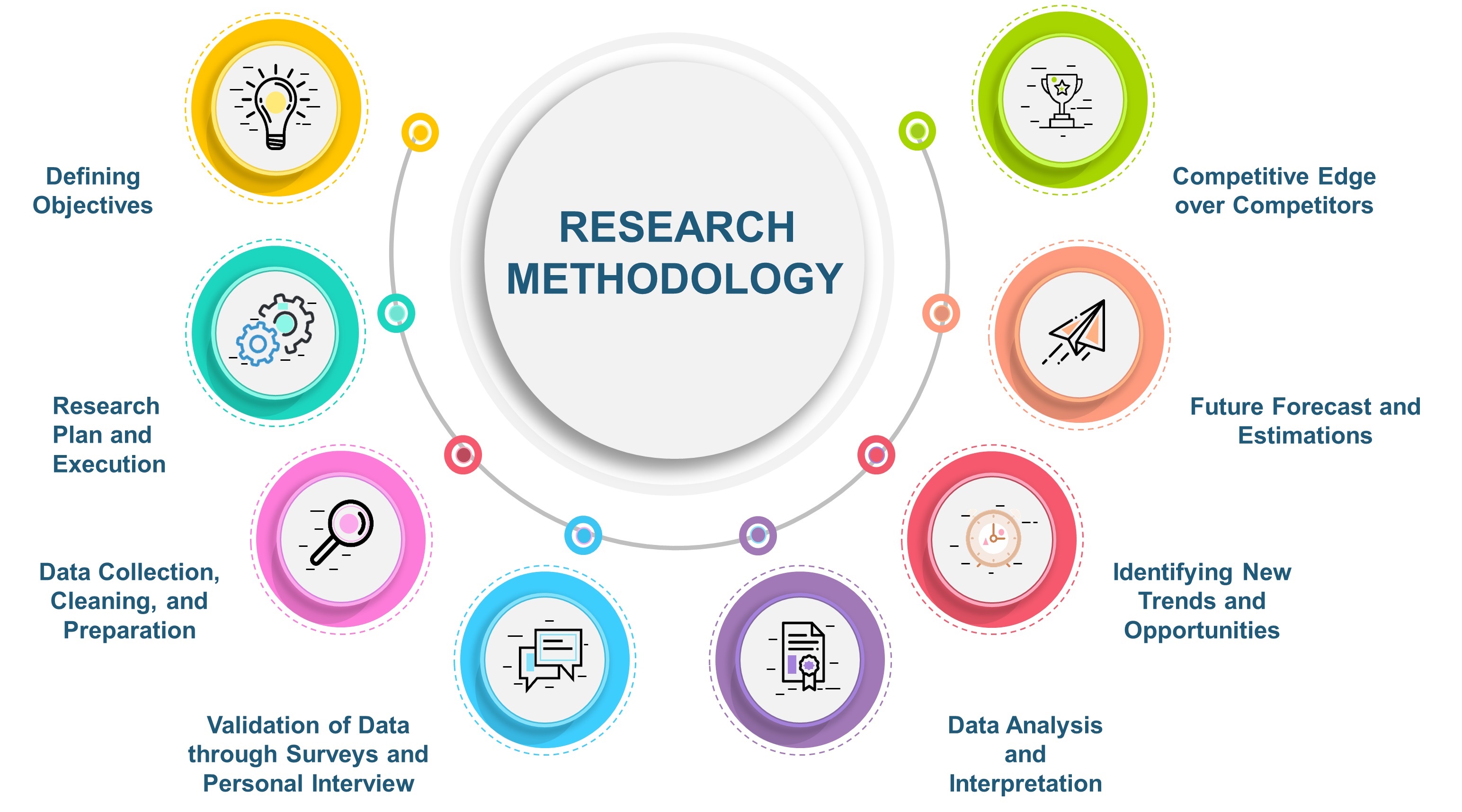
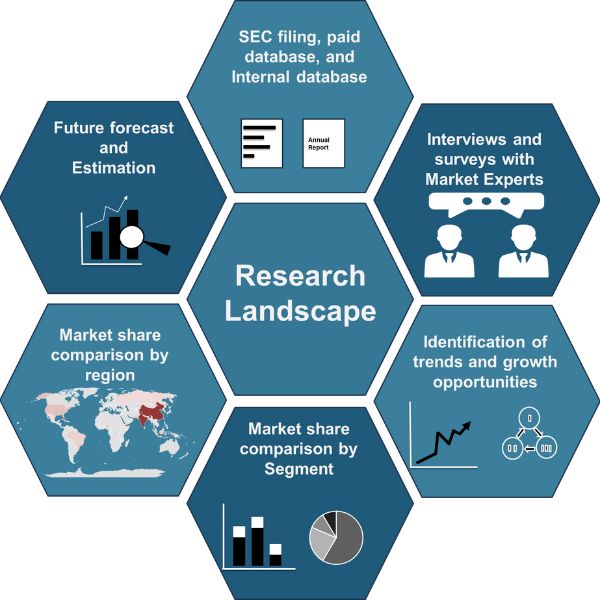
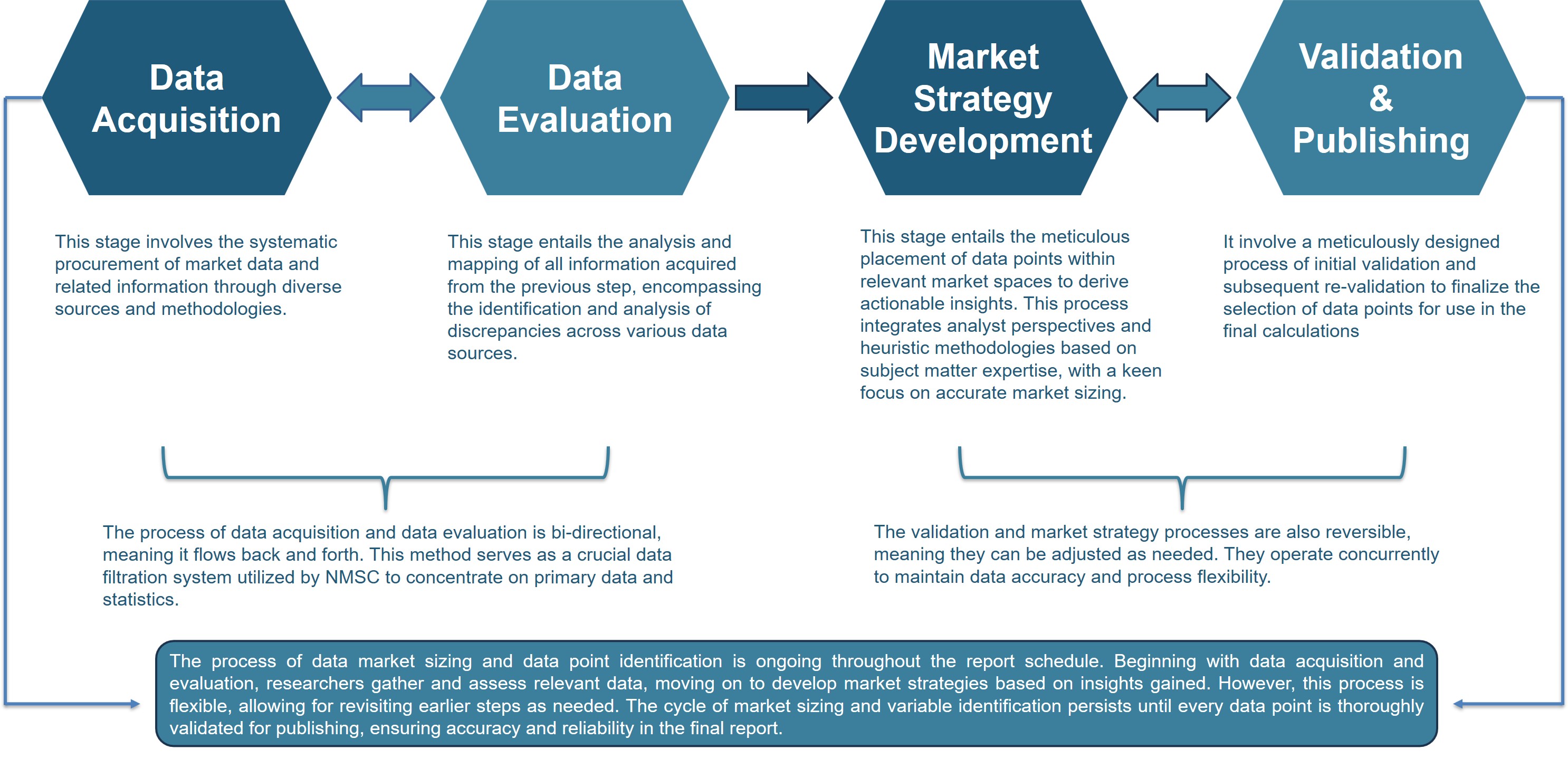
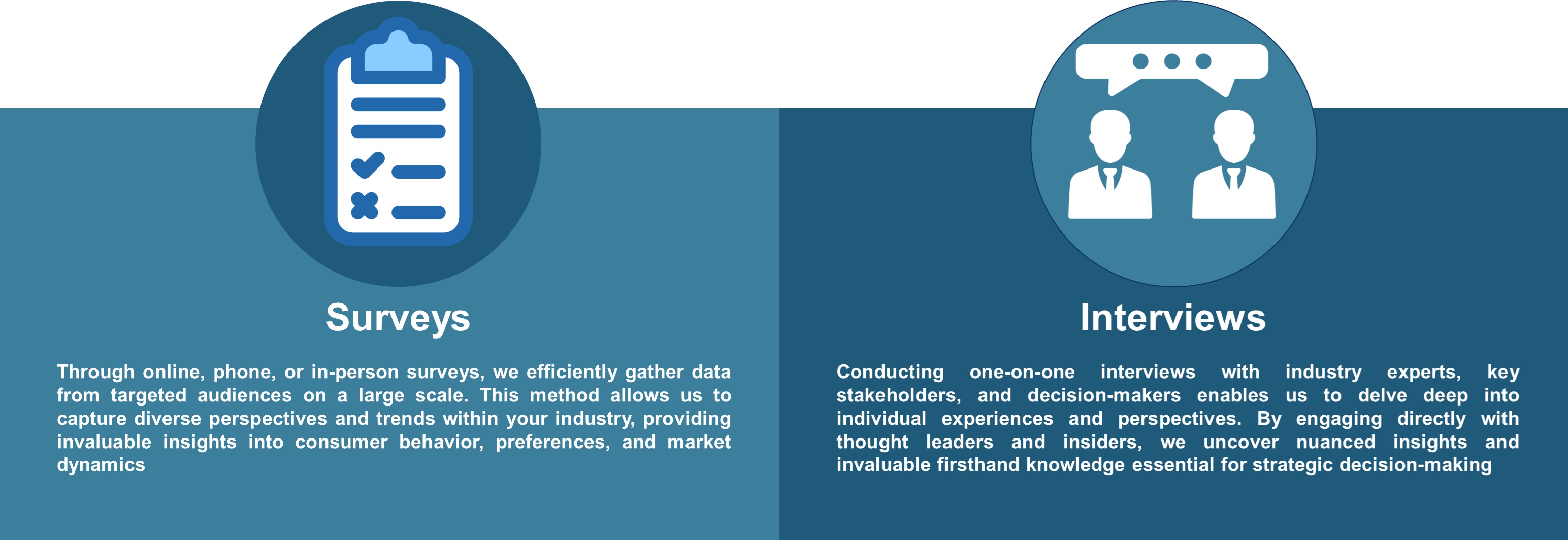


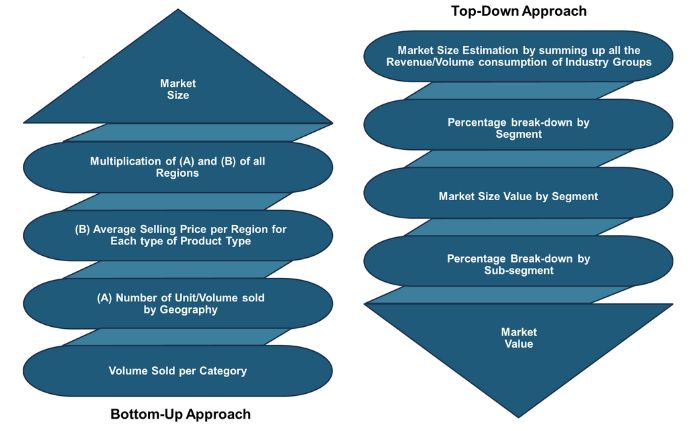
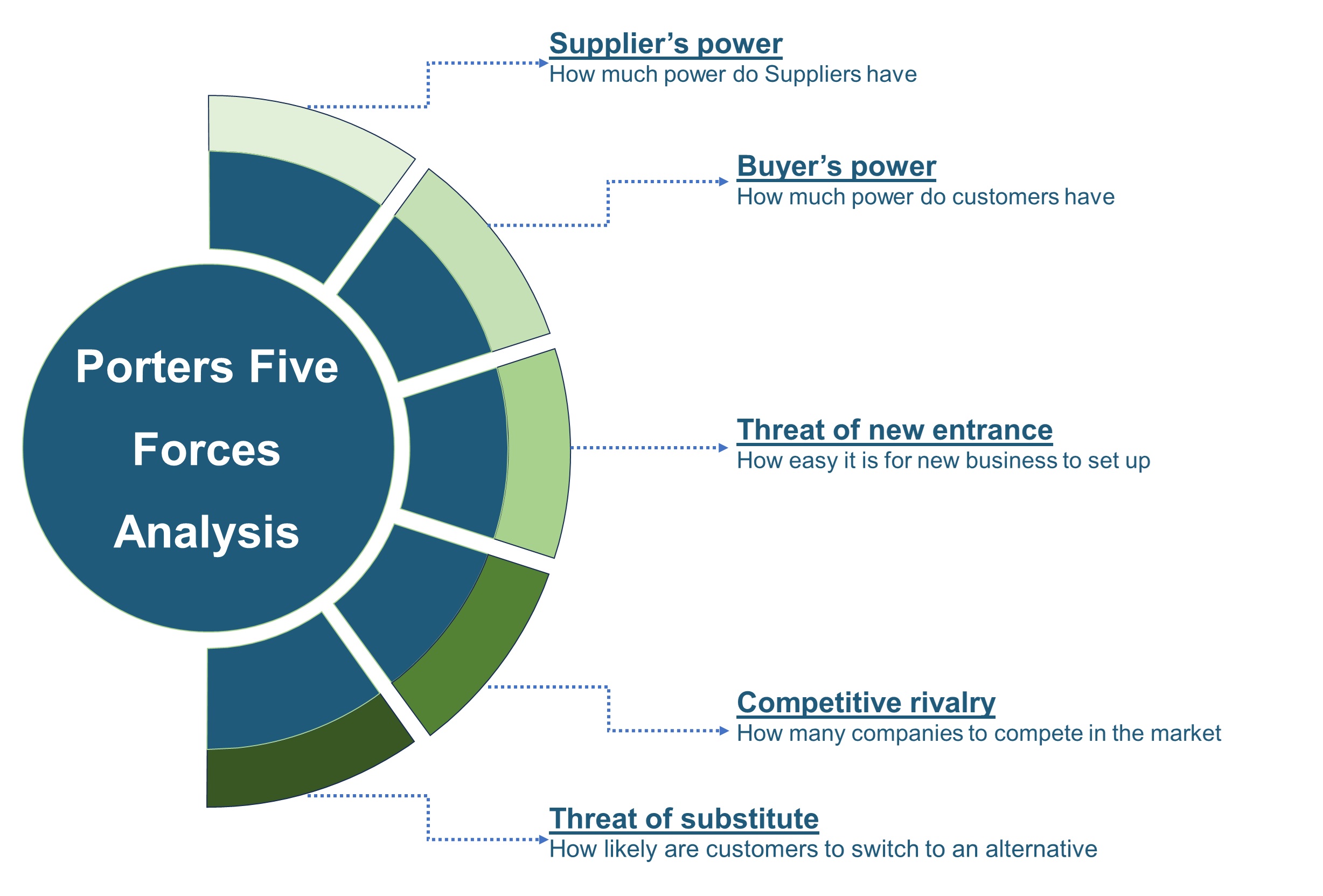


 Speak to Our Analyst
Speak to Our Analyst



